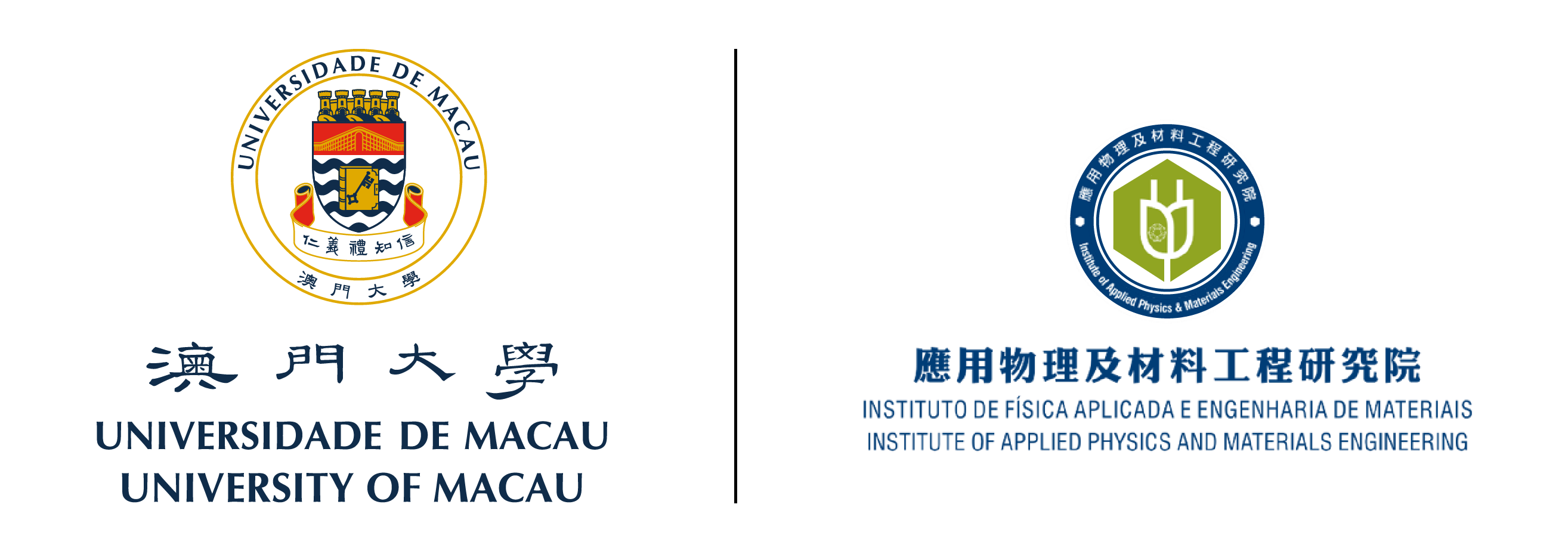Invited by Prof. Shen Lai (賴屾), Prof. Weibo Gao (高煒博) from Nanyang Technological University (NTU), Singapore, visited our institute on 20 March 2025 and delivered a seminar titled “Centrosymmetric Metamaterials for Discerning Chiral Light Based on Metasurface-Assisted Valleytronics”.
Prof. Gao obtained his BSc (2005) and PhD (2010) from the University of Science and Technology of China. He conducted postdoctoral research as a Marie Curie Fellow at ETH Zurich from 2010 to 2014. Since joining NTU in 2014, he has been promoted to Tenured Professor and Provost’s Chair Professor in Physics (2019), and currently holds the Endowed Professorship jointly in EEE&SPMS since 2024. His pioneering work in quantum photonics and solid-state condensed matter physics has resulted in over 50 publications in Nature/Science journals, alongside prestigious honours including the Singapore President’s Young Scientist Award (2017) and the NTU Nanyang Award (2023).
In the seminar, Prof. Gao addressed the critical limitations of conventional circularly polarized light (CPL) detectors—such as narrow spectral response and low discrimination ratios—and unveiled innovative solutions through valleytronic-metasurface integration. He presented a novel approach combining spin angular momentum (SAM) engineering in non-chiral centrosymmetric metamaterials with valley Hall effect transduction, enabling broadband detection spanning visible to infrared regimes. By designing metamaterials that amplify near-field SAM intensity while preserving polarization handedness, SAM-polarized electrons injected into valley materials generate measurable chiral signals. Additionally, he introduced machine learning-driven optimization, where neural networks trained on photocurrent responses achieve wavelength-agnostic recognition of polarization states, bypassing traditional spectral limitations.
During his visit to IAPME, Prof. Gao engaged with faculty members and PhD students on potential collaborations and advanced metasurface design, praising the institute’s facilities and achievements.



